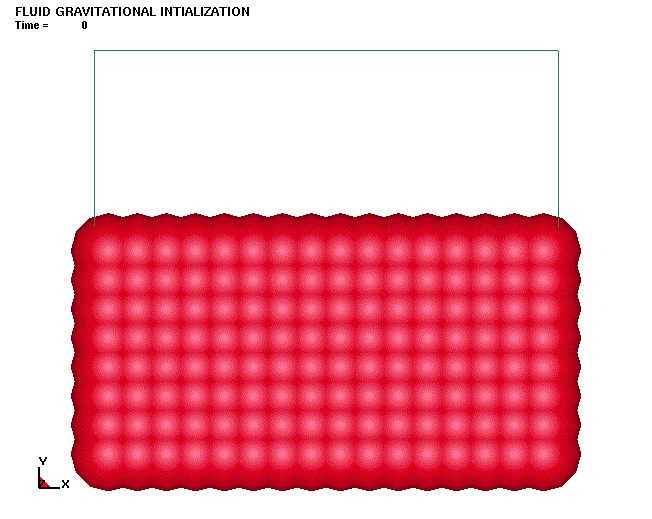In 2D shell elements, the stress in the normal (fiber) direction is iteratively reduced to zero to meet the plane-stress condition. The strains are however nonzero in the fiber direction and will be linear though the thickness. Under membrane straining, LS-DYNA allows an option to account for the reduction in the shell thickness in the fiber direction. This option can be turned on using the ISTUPD (Integration Shell Thickness UPDate) which simply scales the thickness of the shell using the strain computed along the thickness direction (epsilon 33).
The inclusion of the thinning under membrane strains experienced by the shell element must be done with careful considerations of the material stress strain curve. Premature thinning can act as a single point of instability which results in a localized effect. This is shown in the following animation where two coupon test samples, which have a large mesh density per unit area, under tensile loading shows that the sample with no thinning (left) evenly distributes the stress along multiple layers of elements in the direction of the pull but the sample with thinning invoked (right) concentrates the stress along just one layer of element irrespective of the number of elements.















